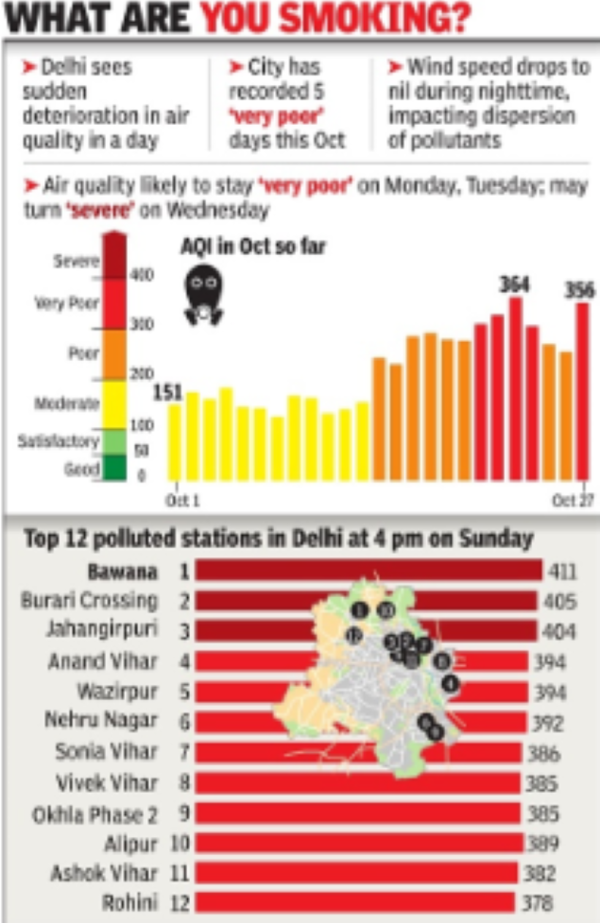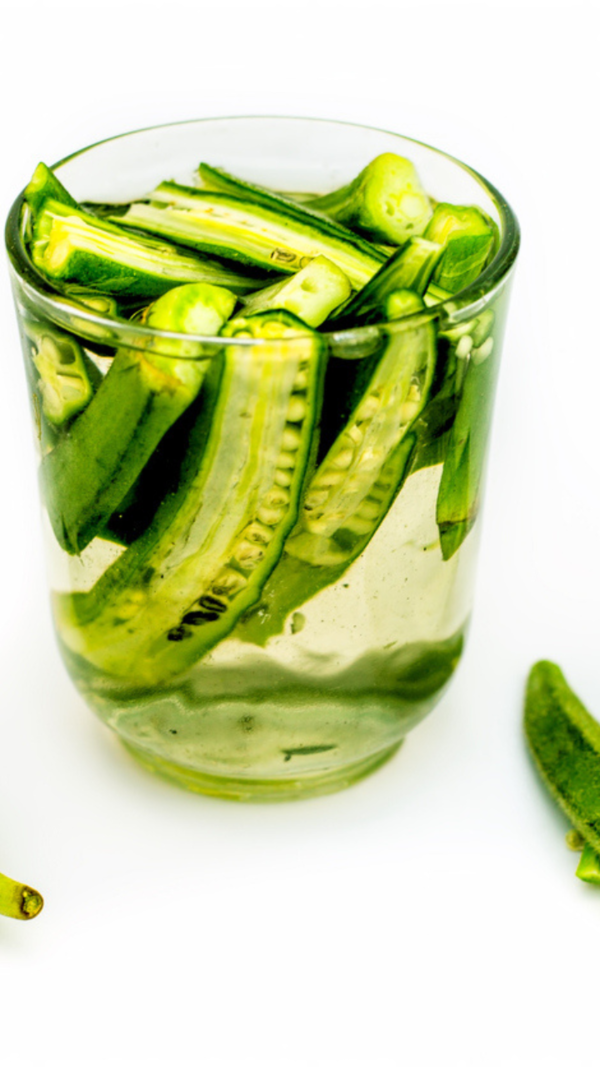- News
- City News
- delhi News
- Delhi's air quality may worsen to severe by Wednesday
Trending
Delhi's air quality may worsen to severe by Wednesday
Delhi's air quality deteriorated due to zero local wind speed causing pollutant accumulation. Experts forecast no relief in the coming days, with quality likely remaining very poor, possibly reaching severe due to stubble fires and firecrackers during Diwali on Oct 31 and Nov 1. Historical data indicates post-Diwali AQI spikes.

A haze hung over the city as the lowest visibility was recorded at 1,000 metres at Palam and 1,500 metres at Safdarjung early Sunday

A haze hung over the city as the lowest visibility was recorded at 1,000 metres at Palam and 1,500 metres at Safdarjung early Sunday. At some stations, the AQI slipped into the severe category.
Expect no respite from toxic air over the next few days. Air quality is likely to hover in the ‘very poor' category on Monday and Tuesday, according to the Air Quality Early Warning System, which is the forecasting body under the Union Ministry of Earth Sciences.
Diwali this year will be celebrated on Oct 31 and Nov 1. CPCB data since 2015 shows that the AQI has consistently increased the day after Diwali in seven out of the past eight years, with the exception of 2022.
In 2022, strong winds on Diwali day helped the dispersion of pollutants and improved air quality. Last year, Delhi's AQI on Diwali day (Nov 12) was 218 in the 'poor' category, which was the lowest AQI since 2015 when CPCB started measuring AQI data. However, the AQI rose to 358 in the very poor category the next day (Nov 13).
The maximum temperature on Sunday was recorded at 34.2 degrees Celsius, two degrees above normal. The minimum temperature was 20.1 degrees Celsius, three notches above normal. IMD has predicted mist during the early hours of the morning over the next four days. The minimum is forecast to dip to 18 degrees Celsius by Nov 2.
End of Article
FOLLOW US ON SOCIAL MEDIA
Visual Stories
Hot Picks
TOP TRENDING
Explore Every Corner
US Election Results










